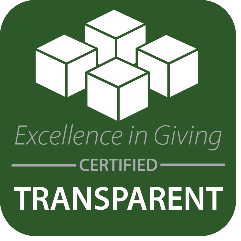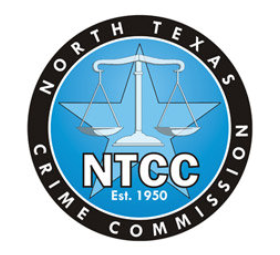Every decent person on the planet could be categorized as anti-human trafficking. Who would be on the side of modern-day slavery? Unfortunately, this terrible crime remains a scourge on all of humanity, reaching every corner of the world. Most of us would be willing to do what we can to help end human trafficking, but the reality of the situation is that this is an extremely complicated issue that’s ingrained in the fabric of too many things globally.
That’s why DeliverFund, a non-profit organization dedicated to the eradication of human trafficking via the use of cutting-edge technology, continues to provide information to the public in hopes that enough people will start to recognize the scope and nature of the problem to help others.
Below, we’re going to provide information and insight for the majority of people out there who are anti-human trafficking. You’ll find facts and ideas that may not be all that well known amongst the public at large, but everything we learn and know may someday help save someone who is in dire need of help from those willing to do so.
1. General Statistics
Even those who are vociferously anti-human trafficking may not be completely aware of just how prevalent this problem is around the world. Although accurate statistics about human trafficking are hard to find, SafeHorizon.org, another organization that is fighting human trafficking, states:
- Nearly 25 million people worldwide are ensnared in human trafficking for forced labor.
- 16 million of those people are trafficked for forced labor for private industry.
- Over 4 million people are trafficked for state-backed labor.
- Nearly 5 million people are trafficked for purposes of sexual exploitation.
- Women account for more than 70 percent of all human trafficking.
These are staggering statistics.
2. Average Age
Victims of human trafficking, particularly when it comes to sex trafficking, are quite young. According to CTDataCollaborative.org, the following percentages apply to the age ranges of people who are victims of human trafficking:
- 0 – 8 years: 4 percent
- 9 – 17 years: 19 percent
- 18 – 20 years: 12 percent
- 21 – 23 years: 12 percent
- 24 – 26 years: 11 percent
- 27 – 29 years: 9 percent
- 30 – 38 years: 18 percent
- 39 – 47 years: 8 percent
- 48 years and older: 5 percent
Nearly one-quarter of all victims of human trafficking are minors. In addition, nearly half of all people forced into human trafficking are 23 years old or younger.
3. Types of Human Trafficking
Many people who consider themselves anti-human trafficking may be surprised to find the number of reasons and methods by which victims are trafficked. That’s because many people interested in ending human trafficking understand that sexual exploitation and forced labor are the most common forms of trafficking. While this is true, human trafficking can take on other forms According to FightToEndExploitation.org, there are six defined types of human trafficking. These include:
- Forced labor
- Sexual exploitation
- Organ trafficking
- Child soldiers
- Child marriage
- Debt bondage
4. The Money Actually Involved
Those who are anti-human trafficking often genuinely wonder why or how someone could ever take part in such a terrible thing. After all, it rightly comes off as the ultimate form of human cruelty. The reason, perhaps making it even worse, is money above all else. Human trafficking is big business, and it provides massive windfalls to those who operate within it on large scales. According to a report that was done several years ago by the International Labour Organization, human trafficking generates at least $150 billion in revenue in forced labor. In addition, approximately two-thirds of that amount was related to forced sexual exploitation.
5. Warning Signs of Human Trafficking
People who want to be anti-human trafficking need to be familiar with the possible warning signs. Every single country in the world is home to some level of human trafficking, so no matter where you live, it’s worthwhile to understand some of the warning signs associated with it. People who are being exploited are almost always too terrified to call out for help, but there are things to watch for. According to the Office of Attorney General in Nevada, examples include:
- Appearing malnourished
- Wearing old/drab/dirty clothing
- Signs of physical injury and abuse
- Avoiding eye contact, social interaction and authority figures
- Working excessively
- Lack of official documents like a passport
- No control over money
- Having someone speak for them
- Living at the workplace
There may be other signs that are not as common, but the bottom line that you should trust your instincts. If you think something is wrong, it’s possible it is. You should contact authorities to discuss the matter, as approaching those who could be directly involved may not be helpful if this is in fact what’s taking place.
How You Can Help
If you are as sickened and troubled by the fact that human trafficking even exists at all, let alone that it’s prevalent and worldwide in nature, you are not alone. The good news is that there are a lot more of us who are anti-human trafficking than who support what these criminals do to exploit other human beings. If we all work towards the common goal of ending human trafficking, it can be done someday. In the meantime, the more people we catch doing this and the more people we save, the better.
DeliverFund is dedicated to fighting this human rights scourge. You can help us either by donating to our cause in one of several ways or even starting your own campaign. Even if neither is practical at this point, we encourage you to learn as much as possible about human trafficking and to be willing to do something if you suspect that it’s happening.









